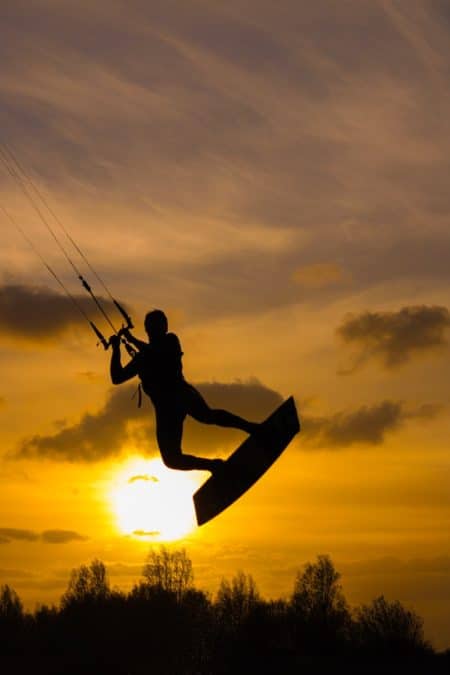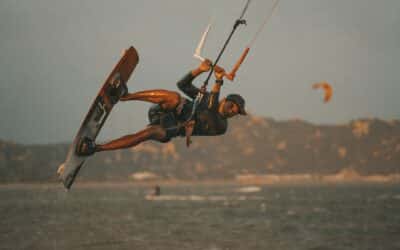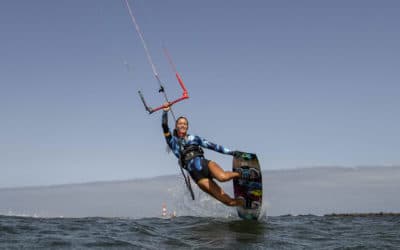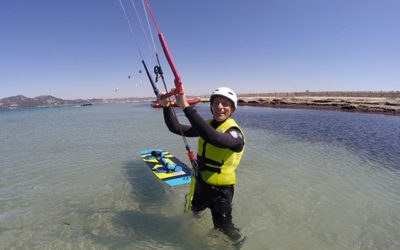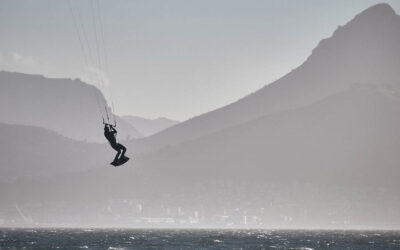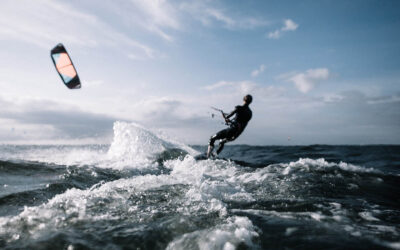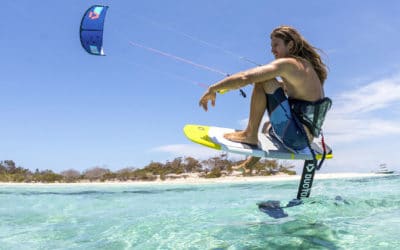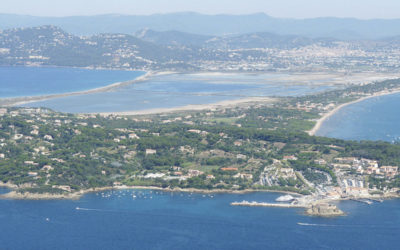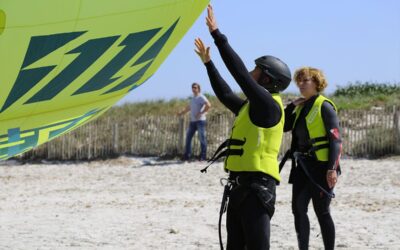Before you can fly like a bird over the water, you need to master the basics of kite surfing, including the wind window. The wind window is the space in which your kite will deploy. The power of your kite will vary depending on its position, but a kite will seek its own balance at the edge of the wind window. To understand how this works, it is imperative to know the different wind directions and power. Then it’s time to choose the right equipment and go for a fun and safe session.
The wind and its directions
If you are a beginner, the instructor will train you to analyse the spot where you want to kite. This will allow you to anticipate problems and know which direction the kite will inflate to launch the kite.
Offshore wind
It is the wind that comes from the land towards the sea. It is also commonly called an onshore wind. You should know that this direction is not safe, even for an experienced kiteboarder. Why is this? Simply because it prevents you from getting back to the beach. You will be swept out to sea without being able to reach an exit edge. The only solution is to sail upwind. But in this case, you are not safe from equipment breakage. If you are alone and there is no security on the spot, boat or jet ski, it is strongly advised not to sail in wind off shore.
Onshore wind
The opposite of the previous one, the on shore wind comes from the sea and blows towards the land. To sail with an onshore wind, it is essential to know how to sail upwind. Make sure that nothing can damage your kite on the beach. The safety instructions are clear, you must first make sure that there are no obstacles. It is also with an on shore wind that you can do a waterstart. This technique consists in developing enough traction power from the kite to make you get out of the water and glide. Traction is developed according to your weight, the size of your kite and the power of the wind.
Wind side
Blowing parallel to the beach, it comes from the right or left like a crosswind. In fact, this is the safest wind direction for a kitesurfer. In this case, the edges are drawn perpendicular to the beach and you always have access to an exit edge. In case of problems during the ride, you can be towed without difficulty.
Side off and side on winds
These winds blow diagonally to the beach and are particularly recommended for beginners. It is best to learn to kite surf with a side off and side on wind. You will always have an exit edge available.
The power of the wind
The adaptation of the kite to the wind power expressed in knots is essential. For example, if the spotlight shows 20 knots, this corresponds to a wind speed of 18 km/h. In kiteboarding, the larger the surface area of the kite, the more powerful it is in the wind. This means that if the wind is light, you should use a large kite. On the contrary, if the wind is strong, you should use a small kite.
To sail safely and enjoy yourself, you need to know the wind strength. If the wind is less than 10 knots, it is not enough for kiteboarding. A very light wind is 10 to 15 knots and the ideal power for kiteboarding is 15 to 25 knots. From 25 to 35 knots, the wind is considered strong. You will have to adapt and surf with a small kite. At more than 35 knots, i.e. 65 km/h, kiting is not recommended.
The flying window
Once you are sure of the wind direction, its power, and that you have chosen the right equipment, you can take off. Well, almost… First you need to understand what a wind window is, the area where the wing can fly. To represent the wind window, the instructor will teach you to draw an arc over your head and mentally write the hours on it. 12 o’clock is when the sun is at its zenith, this is the high centre of your wing.
On the right, 1h, 2h and 3h and on the left 9h, 10h, 11h knowing that with a side off and side on direction, the wind comes from your back. On the edge of the wind window, the kite generates low power, simply because its grip is low. This zone works a bit like a neutral zone corresponding to the actual wind speed. The full power zone is in the centre, exactly at 12 o’clock. This is the ideal axis to launch the kite.
As you can see, kitesurfing is not a sport of chance. To sail safely, you need to master all these data: wind direction, wind power and flight window. All this information is necessary to choose the right equipment for the weather conditions, as long as the wind direction is correct and the power is between 15 and 25 knots.
Search
Catégories
Recent Posts
Suivez-nous !

